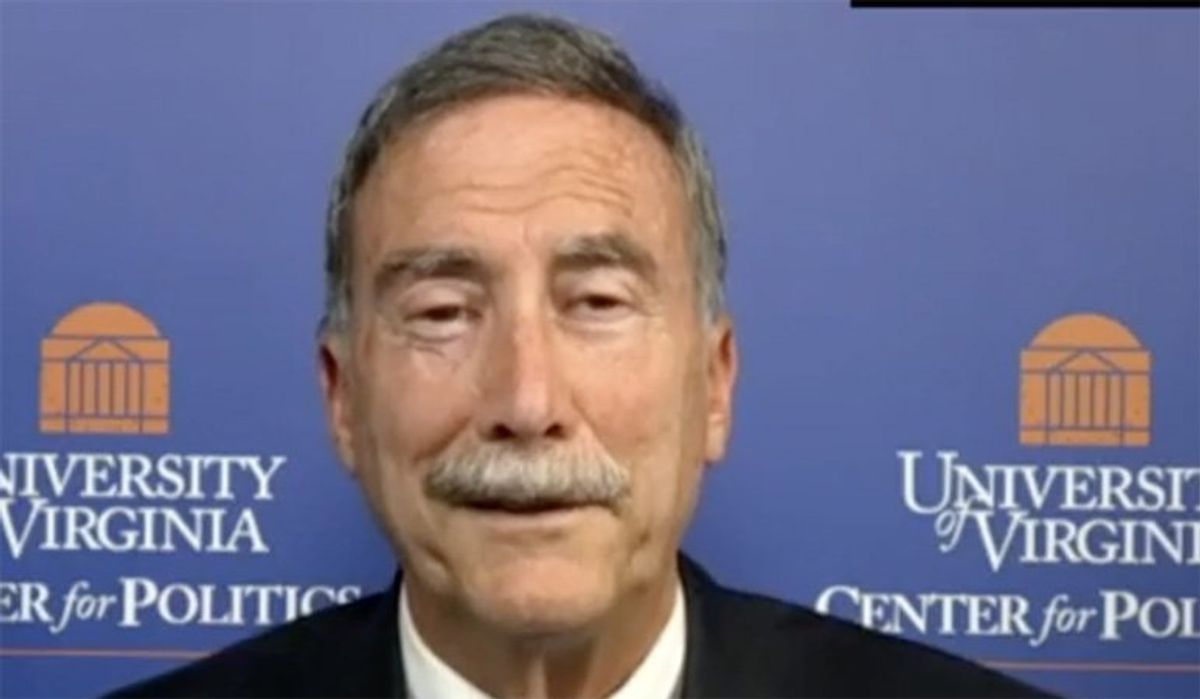[By Mustapha Manneh]
Senegal hopes a move into offshore oil will transform its struggling economy but questions remain about who will actually see the economic benefits.
Oil drilling can provide vital income for poor countries but it can adlso lead to social unrest and environmental damage when mismanaged – on top of the climate impact of burning the resulting fuel. In Senegal, the government’s plans have elicited mixed feelings in a population already struggling with climate change, degradation of traditional fishing grounds, and outbreaks of political violence.
Australian oil company Woodside announced in June that it had extracted the first oil from the deepwater Sangomar field, which sits around 100 kilometres south of Dakar and is the country’s first offshore oil project. Its CEO Meg O’Neill called it “an historic day for Senegal” and her company. The ship sent to harvest oil from Sangomar is named in honour of the country’s first president, Léopold Sédar Senghor.
Some are less happy, however.
Mor Mbengue, a fisher based in the important fishing port of Kayar, just north of Dakar, told Dialogue Earth he had concerns over the future of artisanal fishing.
“We are afraid of a negative impact with the decrease in fishing areas but also the risks of gas or oil leakage,” he says.
The situation in the Niger Delta serves as a cautionary tale. There, initial hopes of economic improvement through oil have been overshadowed by conflict over money and pollution from spills.
Ademola Henry Adigun, an oil and gas governance consultant based in Nigeria, says fossil fuel production can enhance a nation’s economy but will cause harm if not conducted responsibly. Poor management and lack of enforcement of regulations have led to oil spills in Africa in the past, he notes.
“It takes an average of 25 years to clean an oil spill and 15 years for the environment to be back to normal [in the Niger Delta region],” he says. “This all happens because people don’t pay attention to maintenance and core standards of operation.”
A Woodside spokesperson says the Sangomar project is “world-class” and “a circa USD 5 billion investment in Senegal’s energy future”.
They point out that the company has conducted an environmental and social impact assessment which was approved by Senegal’s government in 2019. This, the spokesperson says, “is underpinned by a comprehensive understanding of the marine and socio-economic environment”.
They add that “there will be appropriate mitigation measures adopted with the aim to minimise any impact on the environment and local communities”.
Woodside’s assessment specifies the company will ensure it has “a minimal impact” on fisheries. It also says spills are not predicted, although “there is an inherent risk of spills occurring”. The operation “will implement stringent industry standards and controls” to reduce that risk, and “appropriate management measures to prevent spills of any nature have been identified”.
Fishers fear repeat of the past
Before the “historic” oil drilling by Woodside, other companies were already exploring for gas off the northern coast of Senegal. There, a joint project between Kosmos and BP and the national oil companies of Mauritania and Senegal hopes to start producing liquified natural gas later this year.
Fishers in these waters claim the project has brought additional problems to their community, which was already hard hit by pressure from industrial fishing.
In Saint Louis, a northern city near the border with Mauritania, some fishers say the intrusion of large ships into their fishing grounds has led to their nets being damaged, causing financial losses, although it is difficult to assign such damage to particular vessels.
Lamine Diop, whose family has a long tradition of fishing in the region, says fishers are struggling, as nets are very expensive in Senegal.
“We were hopeful at first, thinking it [the arrival of oil companies] would end our poverty,” he says, adding that he believed the companies would bring revenue and create jobs for the area’s young people. But because of the damage to fishing equipment and disruption, their presence has meant “we are suffering more than before”, he says.
Thomas Golembeski, a spokesperson for Kosmos, says his company has engaged closely with local fishers and funded projects including healthcare, schools and micro-finance for fishers.
He adds that the pressures felt by the fishing community in the Saint Louis region pre-date the discovery of natural gas and Kosmos and BP’s Greater Tortue Ahmeyim offshore gas project.
“Overfishing by foreign industrial trawlers, an influx of foreign-owned fishmeal factories, and licensing requirements to access historic fishing areas in Mauritanian waters are all well-documented issues,” he says.
A BP spokesperson said that “engaging with and supporting local communities” has been important throughout its work on the Senegal gas project. They said the company and its partners have launched a “multi-million-dollar, wide ranging, social investment programme” which has included support for fishing communities such as developing alternative income sources and education.
They added that the project’s environmental and social impact assessment had been approved by governments and regulators in both Mauritania and Senegal.
Woodside stresses that it neither operates nor conducts any activities near Saint Louis.
Senegal’s fossil fuels, Europe’s gain?
Though Senegal’s domestic gas could eventually supply local markets and potentially replace expensive imports of oil, questions remain over who will ultimately profit from the country’s current fossil fuel projects.
After taking office in April, Senegalese president Bassirou Diomaye Faye announced an audit of the oil, gas and mining sectors, but reassured fossil fuel investors they are welcome in the country. Other politicians and industry figures have touted economic benefits, and Woodside says it has already spent some USD 177 million with local suppliers and created 4,400 local jobs.
But the oil and gas itself has largely been earmarked for export. After breaking ties with Russia, many western countries have turned to African countries with gas and oil potential like Senegal for their energy needs.
“African countries mainly produce gas and oil for Western nations, to the detriment of their citizens, who receive limited benefits from the revenue,” says Amos Wemanya, a climate and energy activist based in Nairobi.
Australian-headquartered Woodside has an 82% interest in the Sangomar field, with state-owned Petrosen holding the remaining 18%. Other parts of the drilling area are divided 90/10 in favour of the former.
“This project illustrates the disproportionate control foreign entities have over Senegal’s natural resources,” says Wafa Misrar, an environmental chemist and policy officer at Climate Action Network Africa.
Prime minister Ousmane Sonko recently announced the establishment of a commission to review Senegal’s oil and gas contracts, and promised to “re-examine them and work to rebalance them, obviously in the national interest”.
To drill or not to drill?
Energy policy in Africa is at a critical juncture amid tension between climate challenges and the urgent need for both economic transformation and a solution its energy crisis.
Climate change brings multiple threats to Senegal, including sea level rise in its low-lying and highly populated coastal regions, droughts damaging agriculture, and negative changes to fisheries.
More than three quarters of the 774 million people living without access to electricity globally are in Africa. In Senegal, only 68% of the population have access to electricity.
Meanwhile, the African population is expected to grow from 1.5 billion today to 2.5 billion by 2050. With increasing incomes and urbanisation, energy demand is only going to soar.
Many have pinned their hopes on homegrown fossil fuel supplies as a way to deal with this crisis. Some also argue that, given the continent’s miniscule contribution to global emissions, African countries have a right to utilize their fossil fuel resources.
Alagie Jinkang, a researcher at the University of Bologna in Italy who studies overfishing and border violence in Senegal, says he is concerned about environmental and health impacts and the involvement of foreign companies. But, he adds: “We should utilize natural resources such as gas and oil as soon as possible because we can’t wait any longer. These resources offer significant benefits, including GDP growth, job creation, and opportunities for students to learn how to utilize these resources without relying on foreign capital.”
Misrar has a different take. She believes that, rather than investing in an unsustainable path of extraction, “Senegal has the opportunity to lead by fully committing to renewable energy”.
“This would not only bolster the country’s development but also set a powerful precedent for the continent,” she says.
Sources for renewable energy are abundant on the African continent, so it is seen as a potential solution to its energy crisis. Africa could use current renewable energy technologies to produce an estimated 1,000 times its projected energy needs by 2040, as well as exports, but faces challenges in accessing financing and technologies.
What is more, the African Union’s Energy Transition Program highlights that African oil and gas assets are more expensive to develop and operate than many global rivals, and more carbon intensive.
Senegal is also active in the UN climate process, which focuses on clean power, emissions reduction, and climate resilience. It presented an ambitious clean energy plan in 2020 and by 2023 had already met renewable energy targets.
It has also entered into a Just Energy Transition Partnership (JETP), backed by France, Germany, the European Union, the UK, and Canada, through which $2.74 billion has been pledged to develop renewable energy and speed up its transition to a low-carbon economy.
The country’s previous president, Macky Sall, hoped that support from Europe and Canada would help the country generate 40% of its electricity from renewables by 2030. His successor has inherited a country that is now a fossil fuel producer, and all the tension that comes with that.
Mustapha Manneh is a researcher and investigator at The Outlaw Ocean Project and a former reporting fellow there. Previously, he was West Africa regional editor at Dialogue Earth based in The Gambia, was a local producer for a fishmeal documentary called Stolen Fish, and has served as a consultant for environmental NGOs.
This article appears courtesy of Dialogue Earth and may be found in its original form here.
The opinions expressed herein are the author's and not necessarily those of The Maritime Executive.
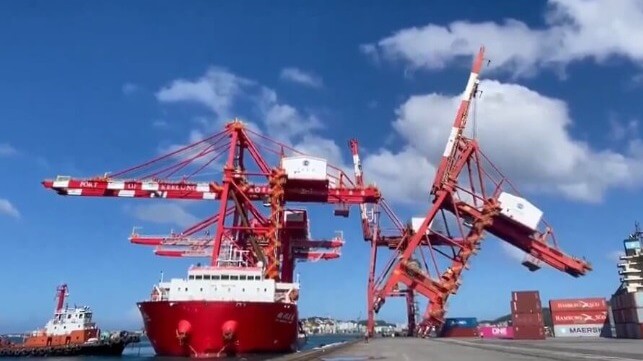
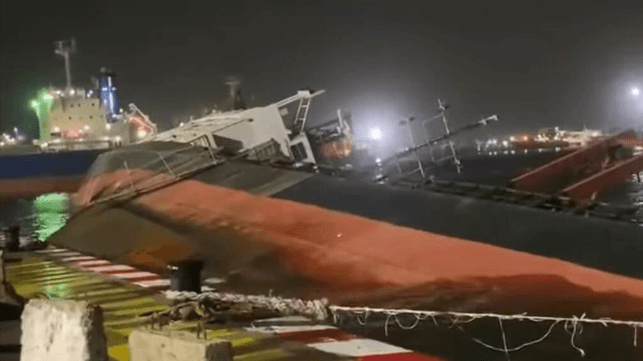
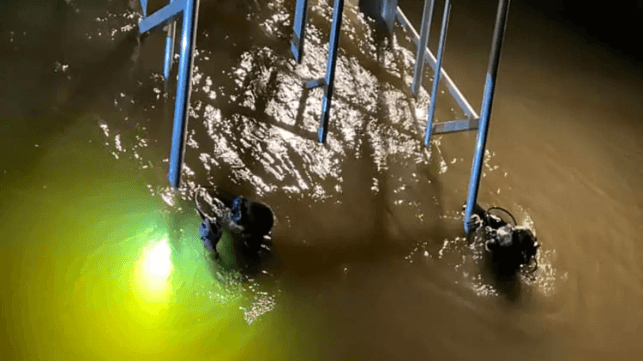

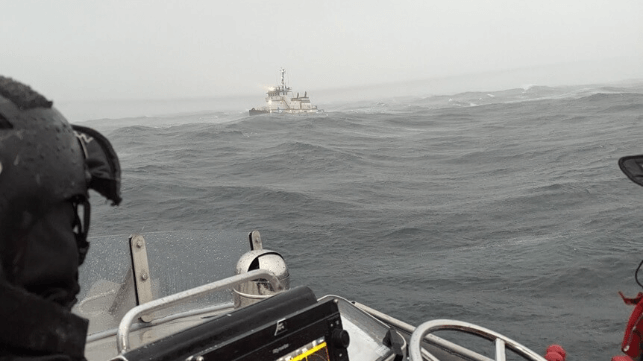
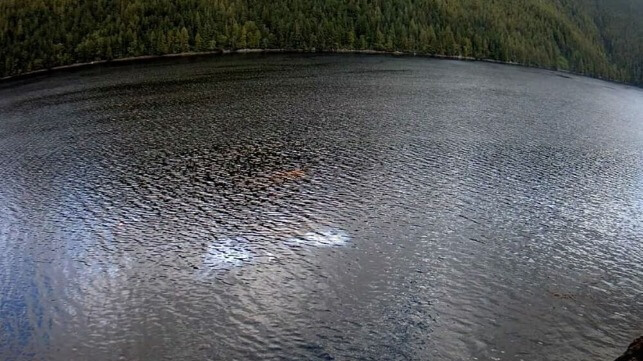
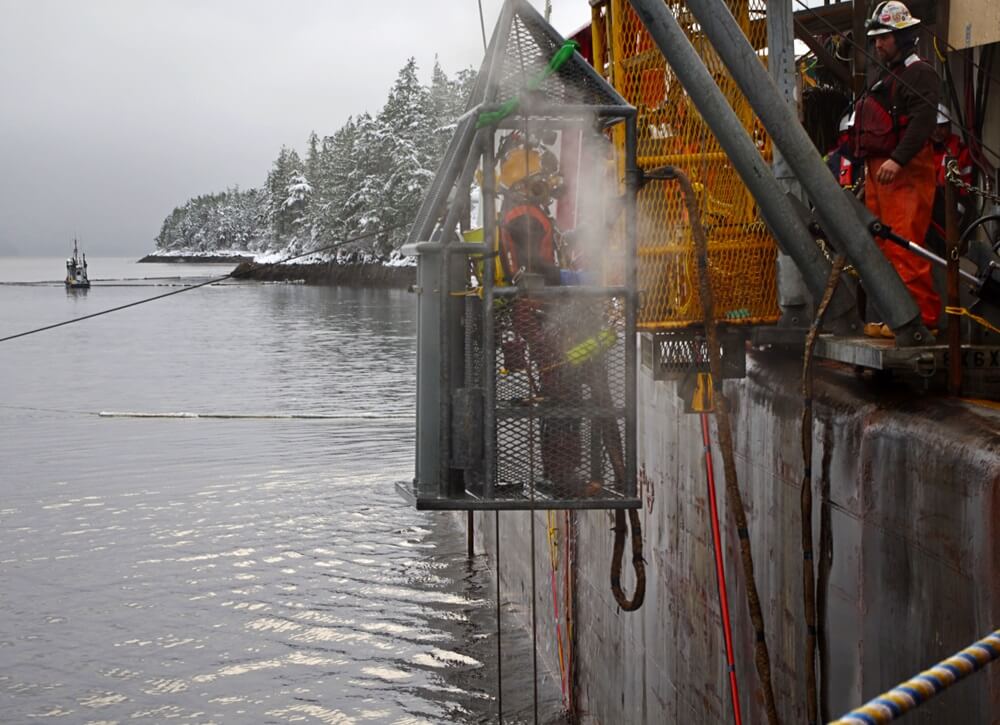
 The Zalinski's wreck is upside down, perched on a sloping underwater shelf on the steep channel edge (CCG)
The Zalinski's wreck is upside down, perched on a sloping underwater shelf on the steep channel edge (CCG)
 File photo: Islamic cleric Fethullah Gulen speaks to members of the media at his compound in Saylorsburg, Pennsylvania in July 2016. © Chris Post, AP
File photo: Islamic cleric Fethullah Gulen speaks to members of the media at his compound in Saylorsburg, Pennsylvania in July 2016. © Chris Post, AP.gif)


